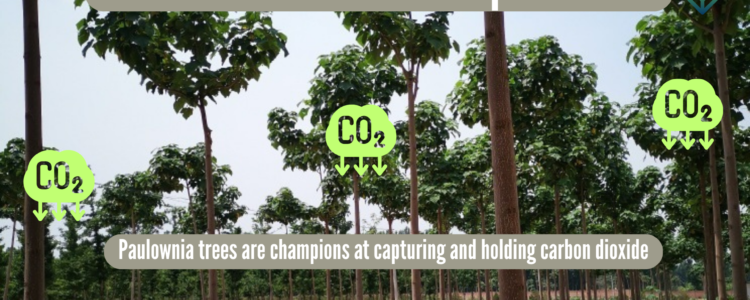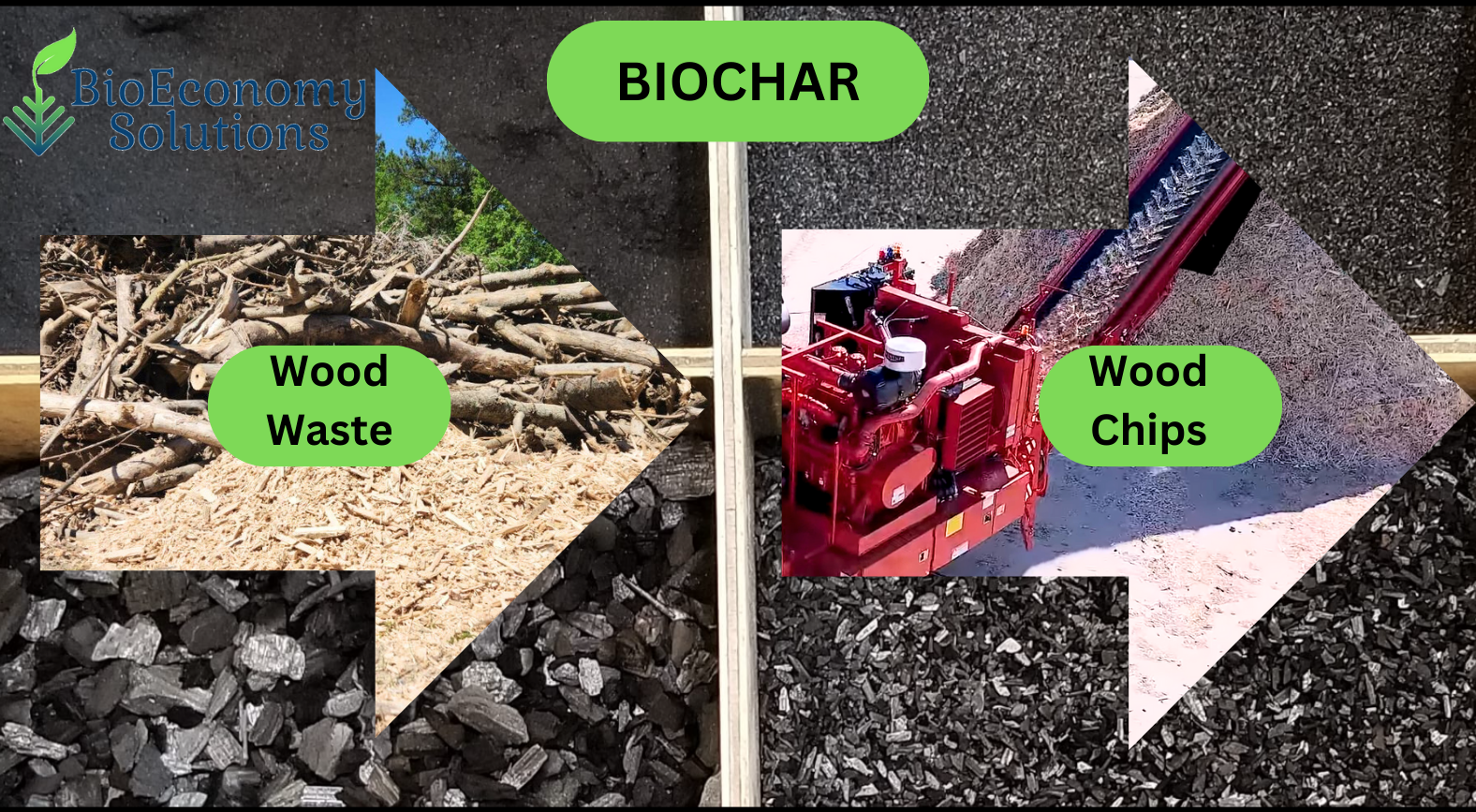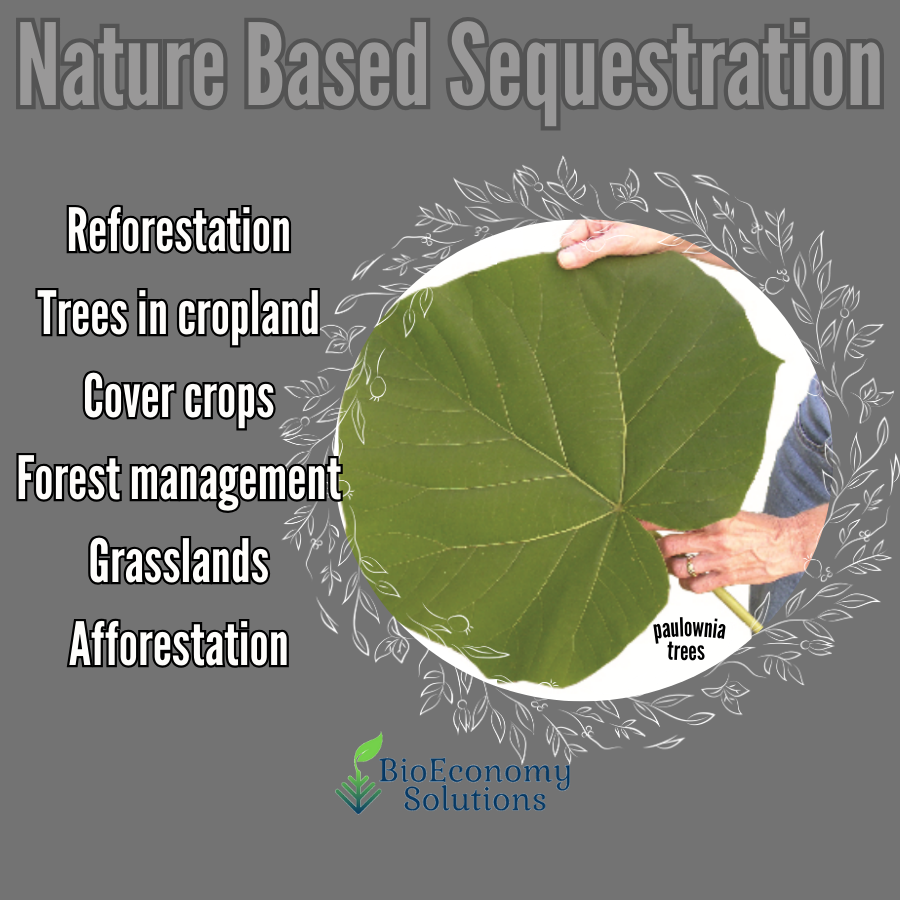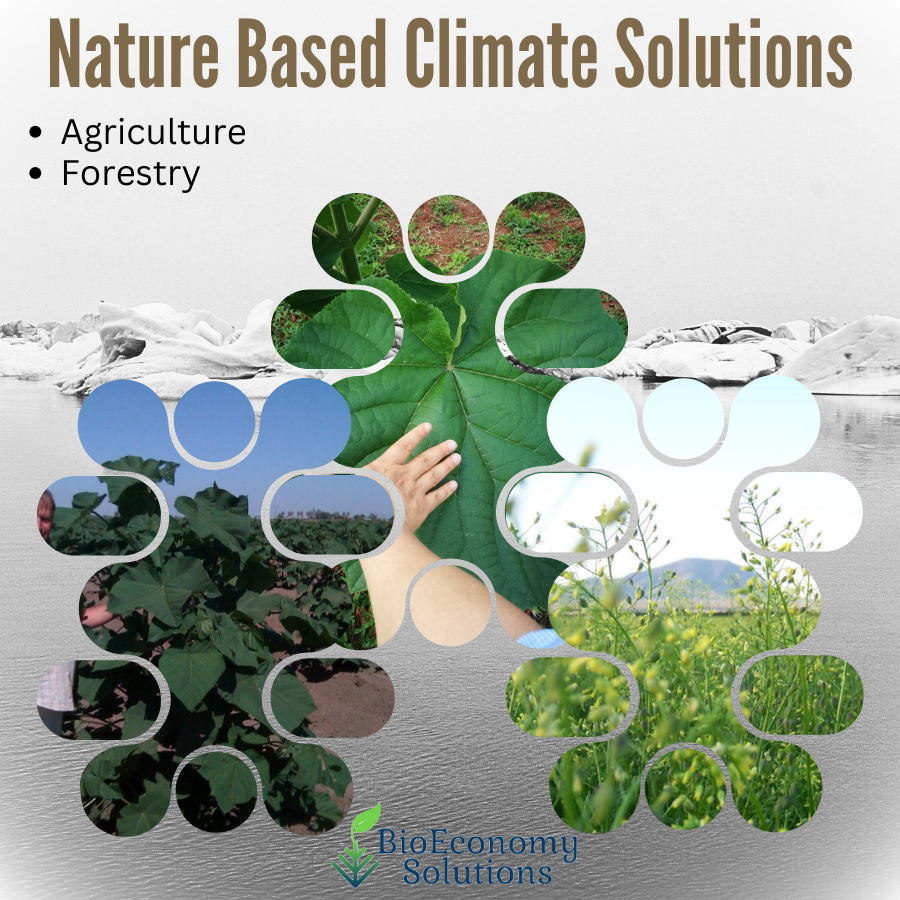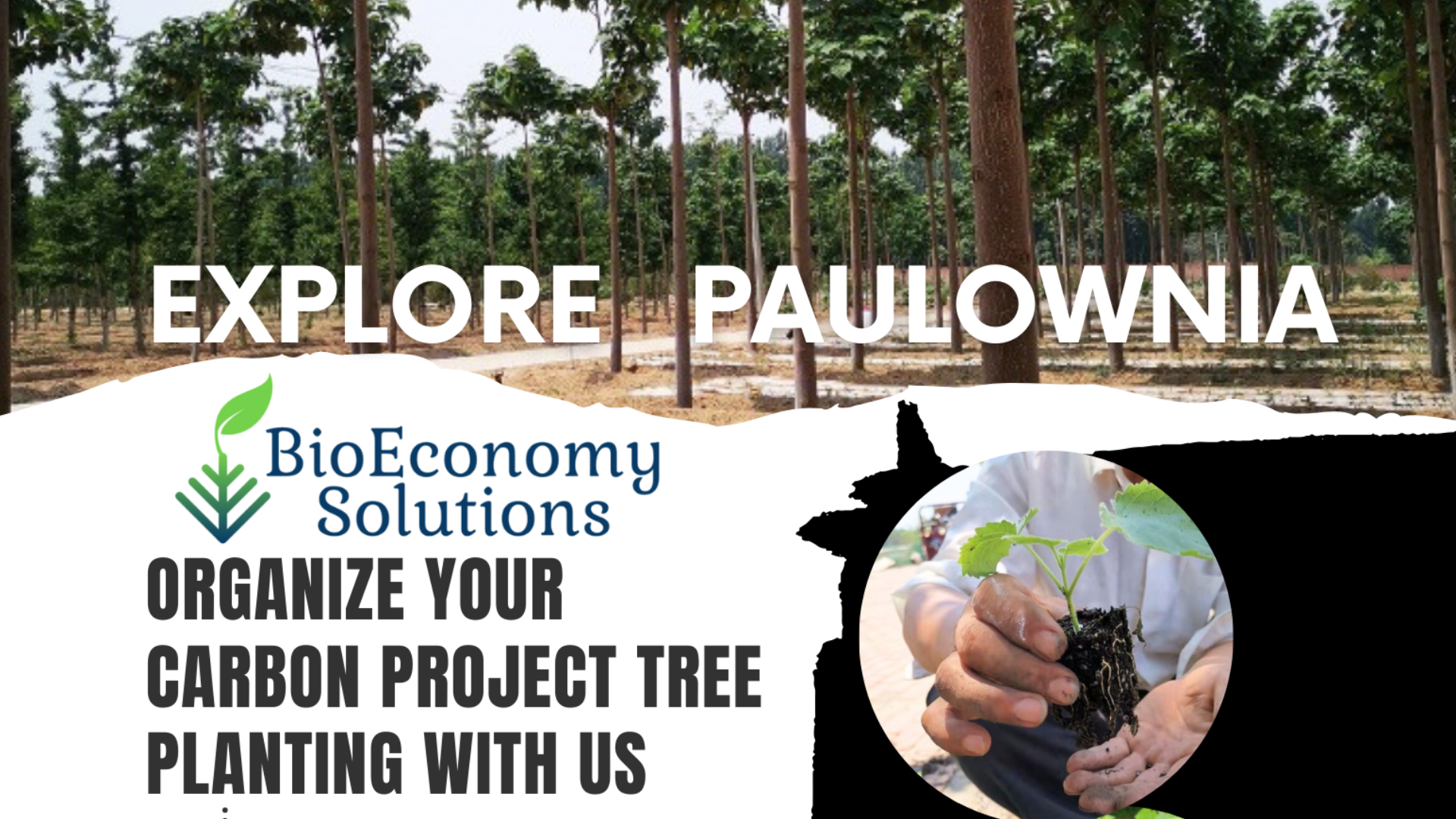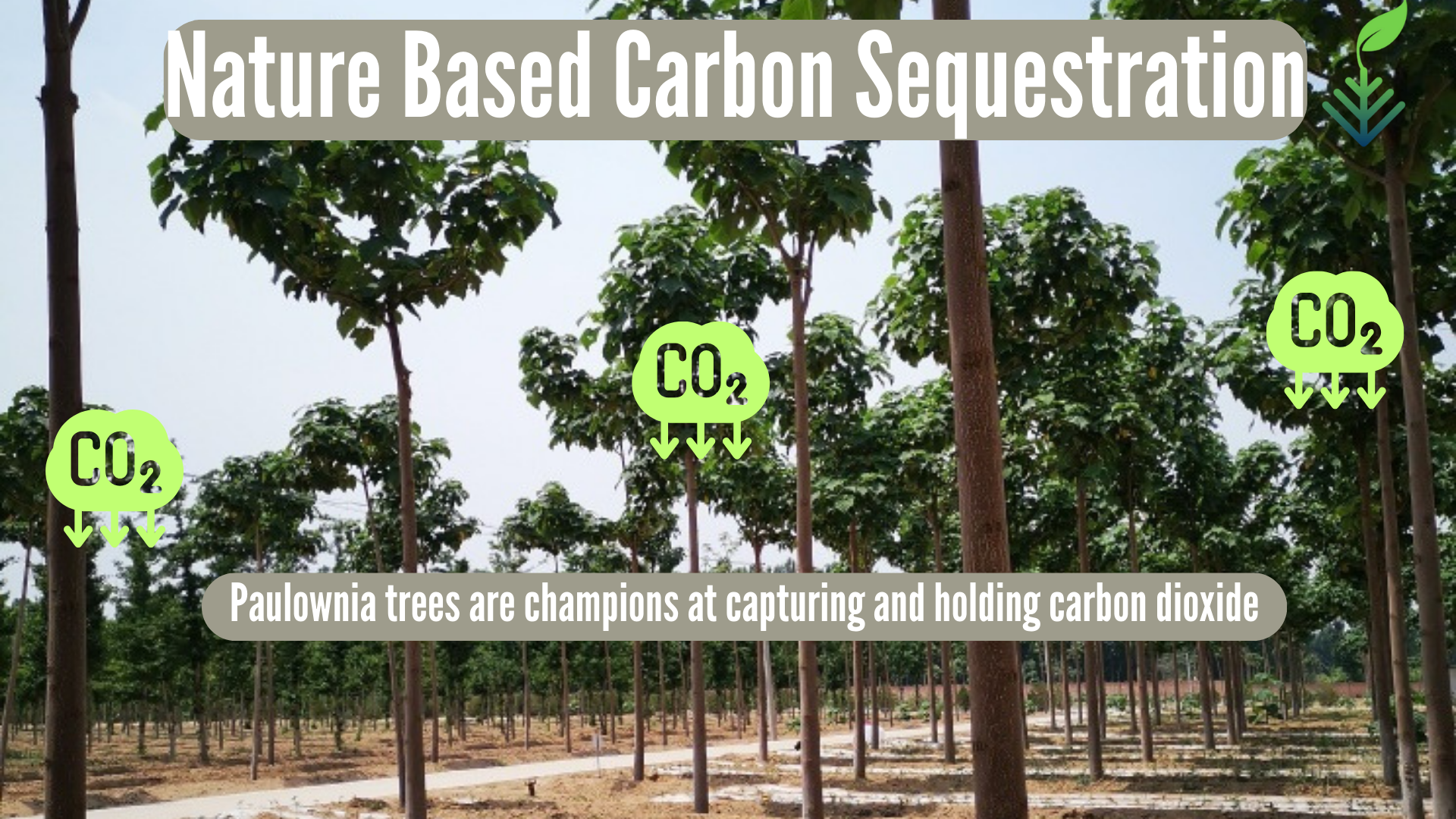
You’re looking for a viable carbon offset solution and have considered tree planting. Before you make a decision, let us share why paulownia trees stand out in the world of natural carbon solutions:
Great Carbon Sequestration: Paulownia trees are known for their extraordinary ability to absorb and store carbon dioxide.
Fast-Growing: These trees grow astonishingly fast, meaning more carbon sequestration in less time.
Resilient: They are incredibly hardy, making them ideal for a variety of climates and regions.
High Biomass Production: Their high biomass production means they contribute significantly to carbon offset.
Economically Profitable: Paulownia wood is valuable and highly sought after for its lightweight and strong properties.
Environmentally Friendly: Besides their carbon sequestration capabilities, they improve soil quality and prevent erosion.
Low Maintenance: These trees require little water and care, making them an easy choice for entrepreneurs.
Sustainable Resource: Paulownia wood is a highly sustainable resource, providing an alternative to more environmentally destructive materials.
Aesthetic Appeal: These trees are not just functional; their lush foliage and beautiful flowers also provide aesthetic value.
Positive Brand Image: Choosing paulownia as your go-to tree sends a strong message about your commitment to innovative, natural carbon solutions.
Choosing paulownia trees for your carbon development project not only makes environmental sense but also business sense. It’s a fast, sustainable, and appealing way to improve our planet while also turning a profit. Learn more about paulownia carbon projects here: https://bioeconomysolutions.com/paulownia-carbon-credits/
